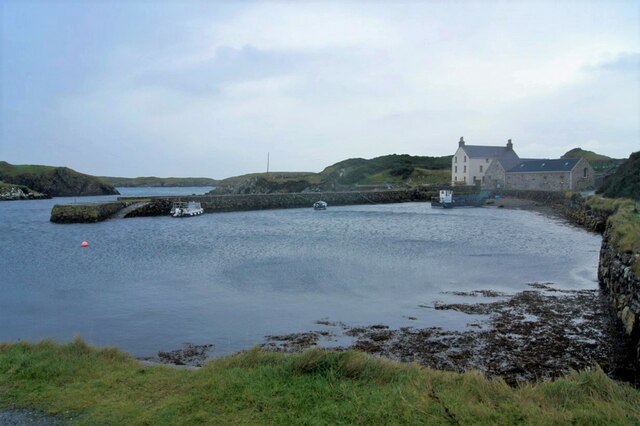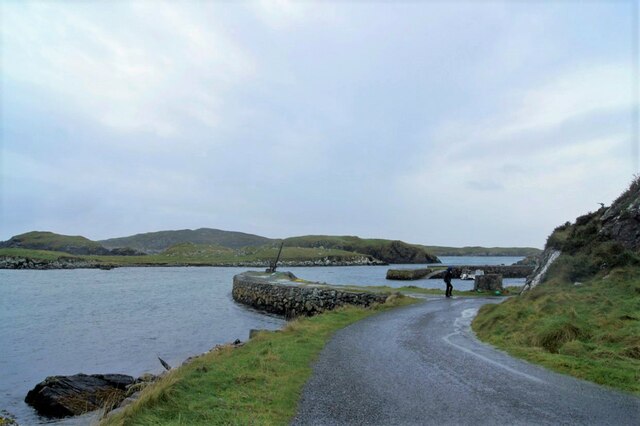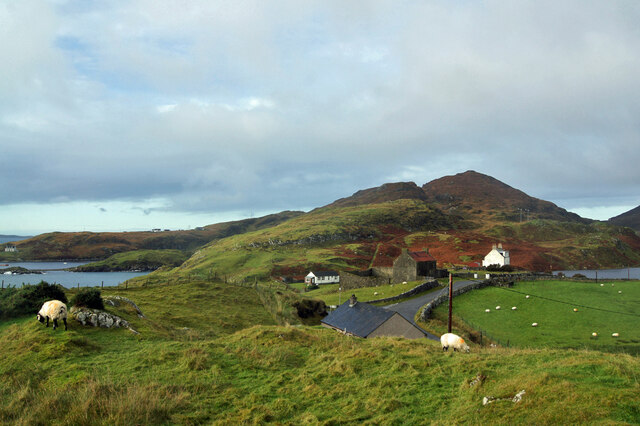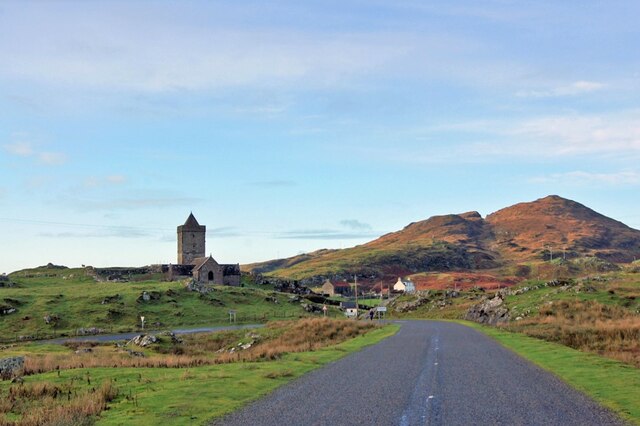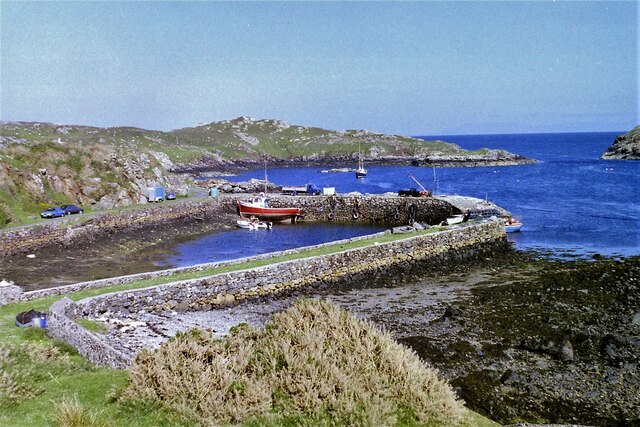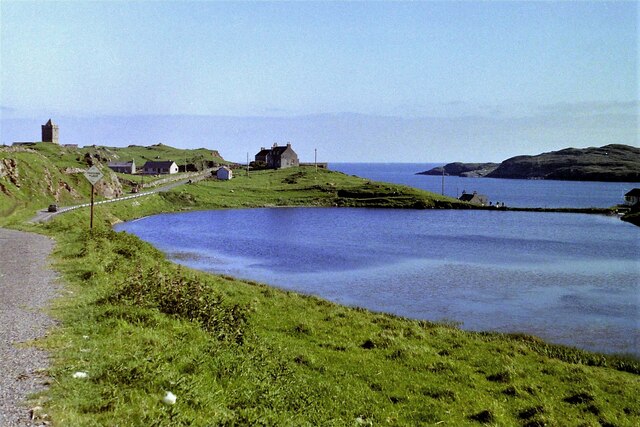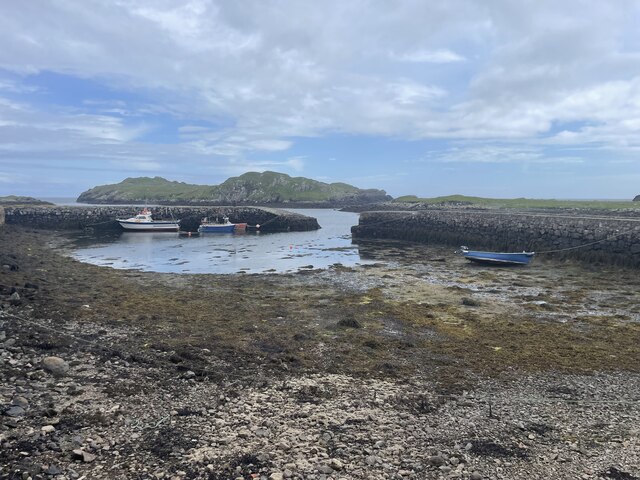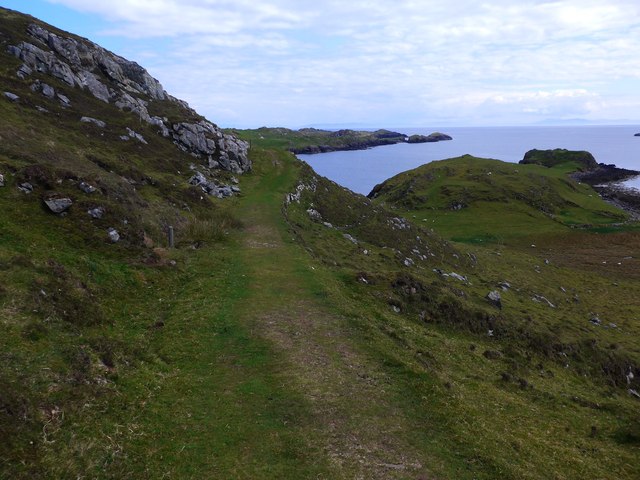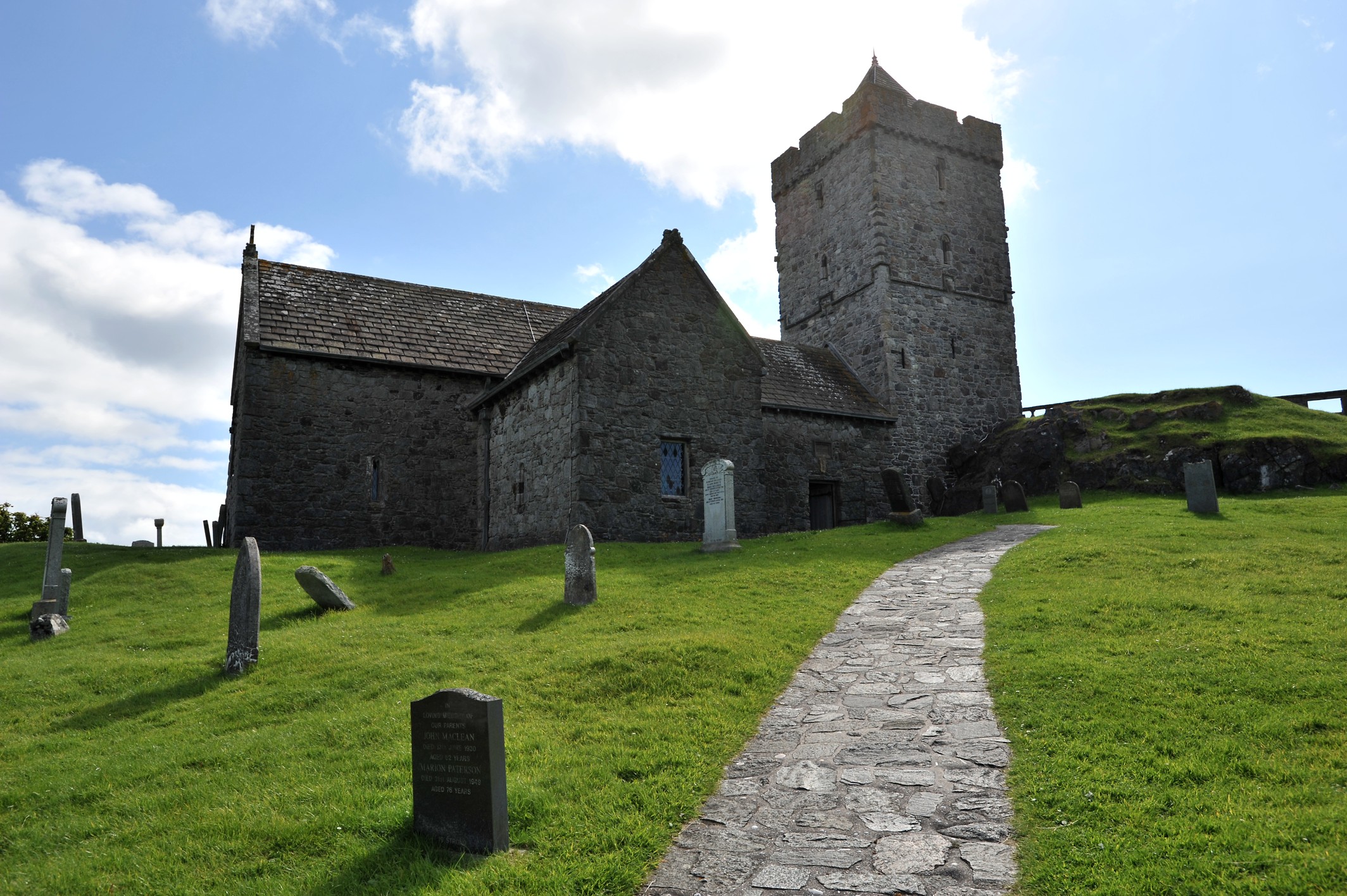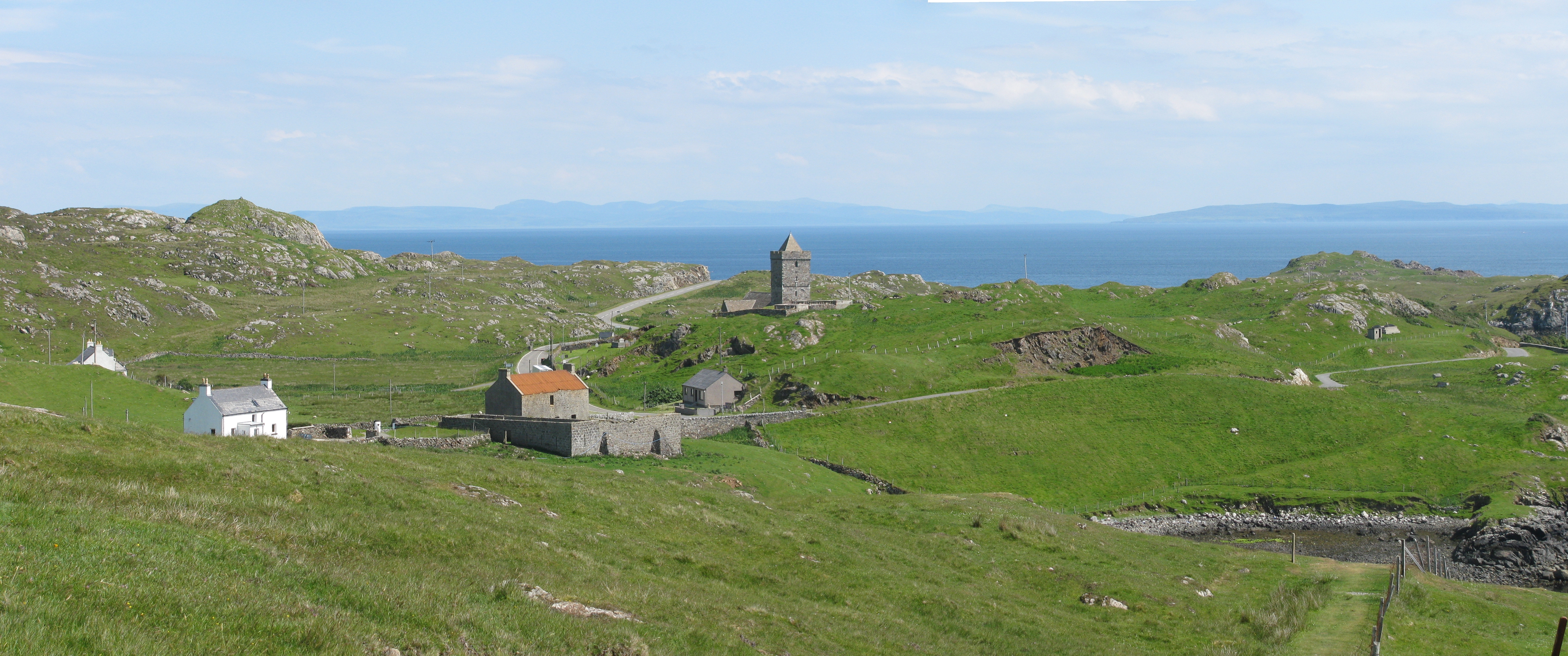Rubha Bhalairiop
Coastal Feature, Headland, Point in Inverness-shire
Scotland
Rubha Bhalairiop
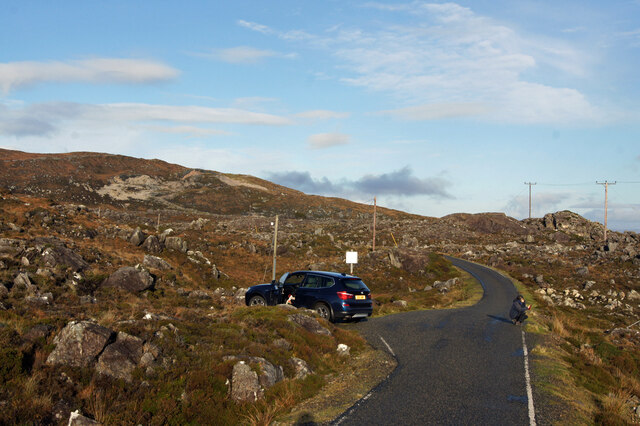
Rubha Bhalairiop is a prominent coastal feature located in Inverness-shire, Scotland. It is a headland that extends out into the North Atlantic Ocean, forming a distinctive point on the coastline. With its rugged cliffs and stunning panoramic views, Rubha Bhalairiop is a popular destination for nature enthusiasts and hikers.
The headland is characterized by its rocky terrain and dramatic cliffs that rise steeply from the sea. These cliffs, which reach heights of up to 150 meters, provide a nesting site for various seabird species, including guillemots, razorbills, and fulmars. Birdwatchers often flock to Rubha Bhalairiop to witness these fascinating creatures in their natural habitat.
In addition to its rich birdlife, Rubha Bhalairiop offers breathtaking vistas of the surrounding landscape. From the headland, visitors can enjoy panoramic views of the North Atlantic Ocean, the nearby islands of Skye and Raasay, and the distant peaks of the Scottish Highlands. These views are particularly stunning during sunrise and sunset, when the cliffs are bathed in golden light.
Access to Rubha Bhalairiop is relatively easy, with a well-maintained path leading from the nearby village of Staffin. The headland is also part of a larger coastal walking route, which allows visitors to explore the area further. Along the path, there are interpretive signs providing information about the local wildlife and geology.
Overall, Rubha Bhalairiop is a captivating coastal feature that showcases the natural beauty of Inverness-shire. Whether it's birdwatching, hiking, or simply immersing oneself in the stunning scenery, a visit to this headland is sure to leave a lasting impression on any visitor.
If you have any feedback on the listing, please let us know in the comments section below.
Rubha Bhalairiop Images
Images are sourced within 2km of 57.740245/-6.9428509 or Grid Reference NG0583. Thanks to Geograph Open Source API. All images are credited.
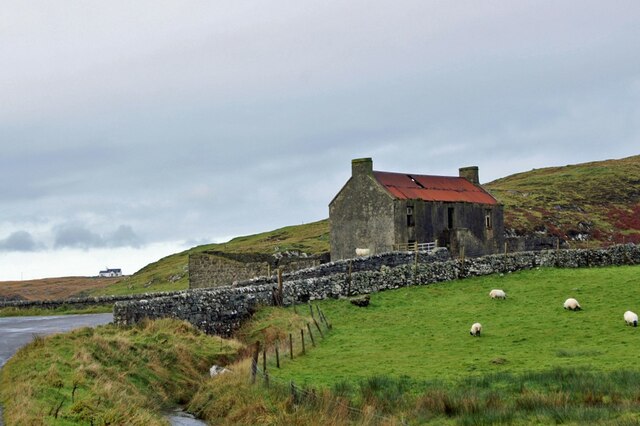

Rubha Bhalairiop is located at Grid Ref: NG0583 (Lat: 57.740245, Lng: -6.9428509)
Unitary Authority: Na h-Eileanan an Iar
Police Authority: Highlands and Islands
What 3 Words
///sideburns.rests.beads. Near Leverburgh, Na h-Eileanan Siar
Nearby Locations
Related Wikis
St Clement's Church, Rodel
St Clement's Church (Scottish Gaelic: Tùr Chliamhainn, meaning Clement's Tower) is a late fifteenth-century or early sixteenth-century church in Rodel...
Rodel
Rodel (Scottish Gaelic: Roghadal) is a village on the south-eastern coast of Harris, an island in the Scottish Outer Hebrides. Rodel is situated in the...
Harris Superquarry
The Harris Super Quarry was a super quarry at Lingerbay, Harris, Scotland proposed by Redland Aggregates in 1991. The plan was to surface mine aggregate...
Lingarabay
Lingarabay (also Lingerabay or Lingerbay; Scottish Gaelic: Lingreabhagh) is a small coastal settlement on Harris, in the Outer Hebrides of Scotland. It...
Nearby Amenities
Located within 500m of 57.740245,-6.9428509Have you been to Rubha Bhalairiop?
Leave your review of Rubha Bhalairiop below (or comments, questions and feedback).
